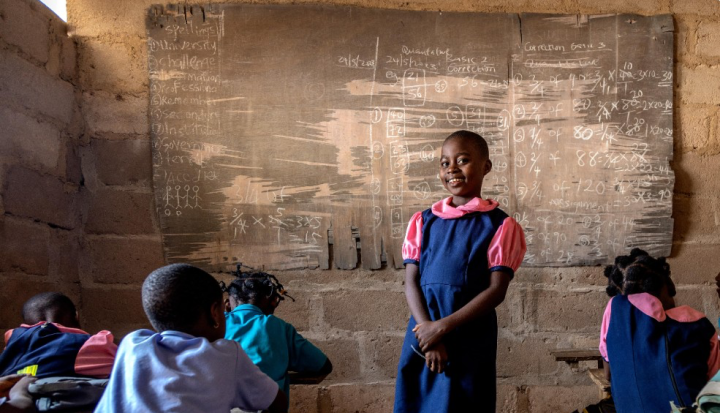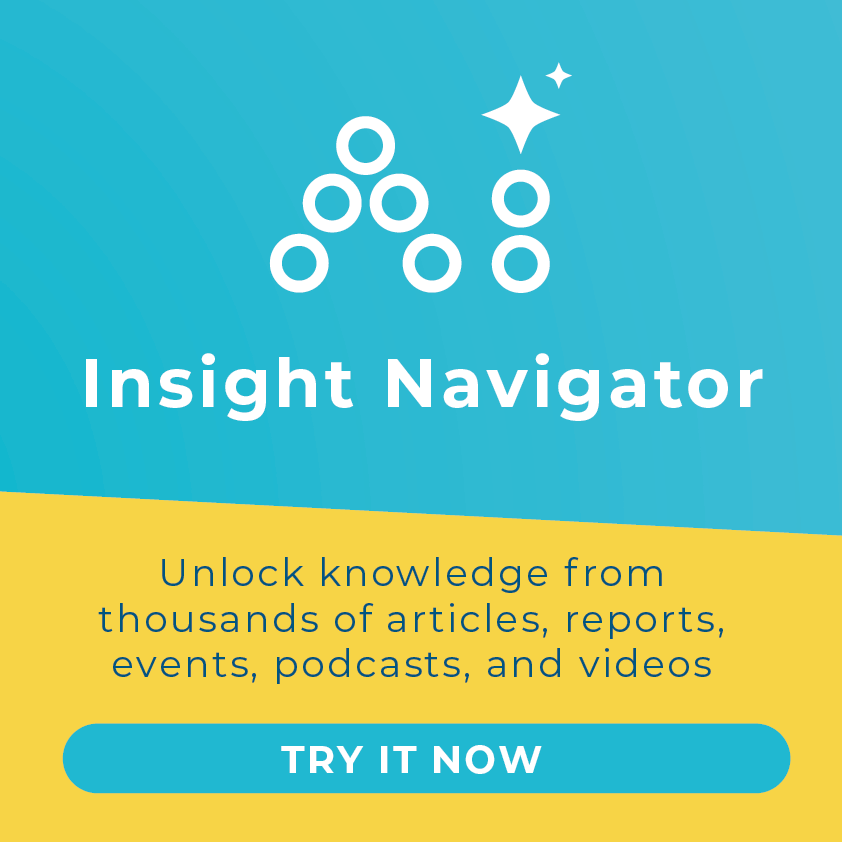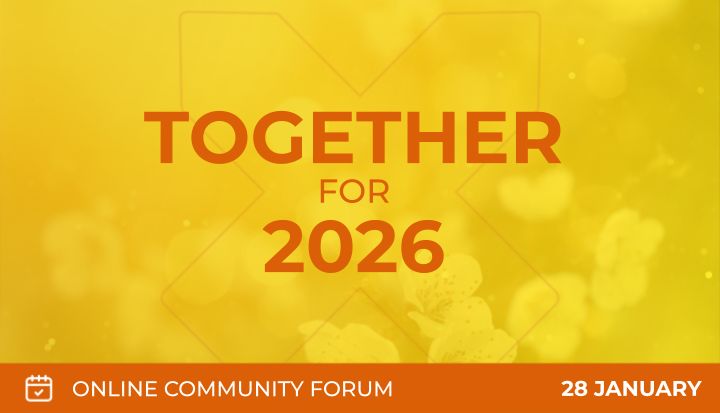From Good Intentions to Proven Impact
As the world contends with rising poverty, climate change, and declining trust in institutions, businesses are searching for new ways to deliver measurable social impact. Yet, most corporate social responsibility (CSR) efforts still rely on vague metrics or one-time donations. A promising alternative is emerging: impact credits—a model that transforms social outcomes into tradeable, verifiable assets.
The Common Good Marketplace (CGM) is pioneering this approach through Verified Impact Assets (VIAs)—standardized units of social value backed by independently verified outcomes. Much like carbon credits internalize emissions costs, VIAs reward poverty alleviation, education, and health outcomes through market-based mechanisms.
The Tradeable Impact Opportunity
The World Economic Forum (WEF) describes tradeable impact as a “step change” that transforms “social progress into economic value, enabling impact to be both recognized and rewarded at scale”. Unlike traditional grants or CSR donations, tradeable impact invites companies to fund verified interventions—and receive a measurable social return on investment (SROI).
“Rather than relying on goodwill or compliance,” WEF notes, “tradeable impact reframes how value is assigned,” turning social interventions into “measurable, investable assets.”
How It Works: Turning Outcomes into Assets
At the core of the CGM model is a human capital valuation framework that monetizes outcomes—such as income or literacy gains—and converts them into VIAs. Each VIA is equivalent to one year’s income in the local GDP, enabling comparability of well-being across sectors and geographies.
This isn’t theoretical. Consider:
- Village Enterprise in Kenya implemented a poverty graduation program for 1,992 rural households. The results—58% increase in household consumption and 74% rise in net savings—were independently verified and converted into 969 VIAs worth over $2.1 million in social value.
- LifeNet International in Malawi improved maternal and neonatal health outcomes, yielding 5,694 VIAs and generating $4.09 million in verified social value.
These outcomes are recorded on CGM’s public exchange ledger, available for purchase by buyers seeking credible, transparent, and scalable impact.
Why It Matters for Business
For global leaders like SAP, advancing human flourishing is more than a philanthropic gesture—it’s strategic. Operating across dozens of countries and serving millions through digital infrastructure, SAP’s community impact is vast. Yet until recently, it lacked a robust method to measure social returns.
SAP’s experience with Africa Code Week, its flagship digital literacy initiative, highlights the gap. An independent evaluation by CGM had to model outcomes using proxy data due to limited evidence. While the program showed intent, CGM noted: “Africa Code Week lacks verifiable outcomes.”
In contrast, SAP’s purchase of Verified Impact Assets from Imagine Worldwide marked a shift. The intervention in Malawi produced rigorously tracked literacy and numeracy gains. The outcomes were verified, and SAP’s purchase delivered a Social Return on Investment (SROI) of 10:1—demonstrating over ten dollars of value created for every dollar invested.
This shift—from estimated to verified impact—illustrates how companies can align their business presence with tangible community outcomes. Through CGM, SAP was able to:
- Target high-evidence interventions
- Quantify and verify results
- Align investments with operations in Africa
As CGM Buyer Alan Schwartz puts it:
“The efficiency and clarity of acquiring independently verified impact claims to specific social outcomes is a solution desperately needed by philanthropists, impact funds, CSR executives and anyone committed to the tangible, credible advancement of the Sustainable Development Goals.”
In this new era of outcome-driven funding, tradeable impact isn’t just good business—it’s better business.
Building Blocks of Tradeable Impact
For tradeable impact to succeed, it must be built on transparency, integrity, and inclusion. The WEF white paper outlines six essential building blocks: demand mechanisms, measurement standards, valuation models, verification systems, market infrastructure, and inclusive governance.
CGM delivers all six through its platform and technical framework:
- Demand generation comes from CSR and ESG-focused capital.
- Valuation is grounded in human capital modeling.
- Verification is performed by independent third parties.
- Marketplace infrastructure enables issuance and trading of VIAs.
- Governance is transparent, auditable, and inclusive.
As the WEF whitepaper affirms:
“Drawing on practical examples—including Social Progress Credits (SPCs), Zlto, and Common Good Marketplace (CGM)—it offers a blueprint for how verified social impact can be embedded into a dynamic new marketplace,” said Chey Tae-won, Chairman and CEO of SK Group.
This work is already live. Projects like ImagineWorldwide and MiracleFeet are converting outcomes into economic value and unlocking repeatable, outcome-based funding. The model provides the very infrastructure that global actors are calling for.
As Daniel Nowack, Head of Social Innovation at the World Economic Forum, notes:
“Impact credits may sound like social fiction—but the infrastructure is already being built. We must ensure that communities and social innovators are at the center of these developments, so that financial innovation helps shape a more inclusive, resilient, and regenerative global economy.”
By anchoring impact in verified data and social value, CGM’s marketplace is creating the conditions for business to invest—not just in growth—but in human flourishing.








